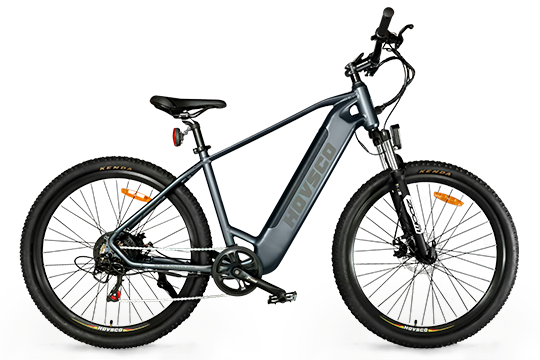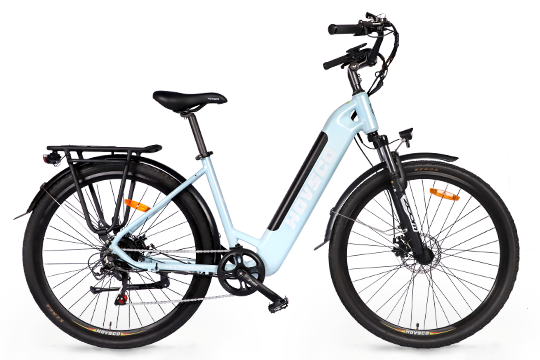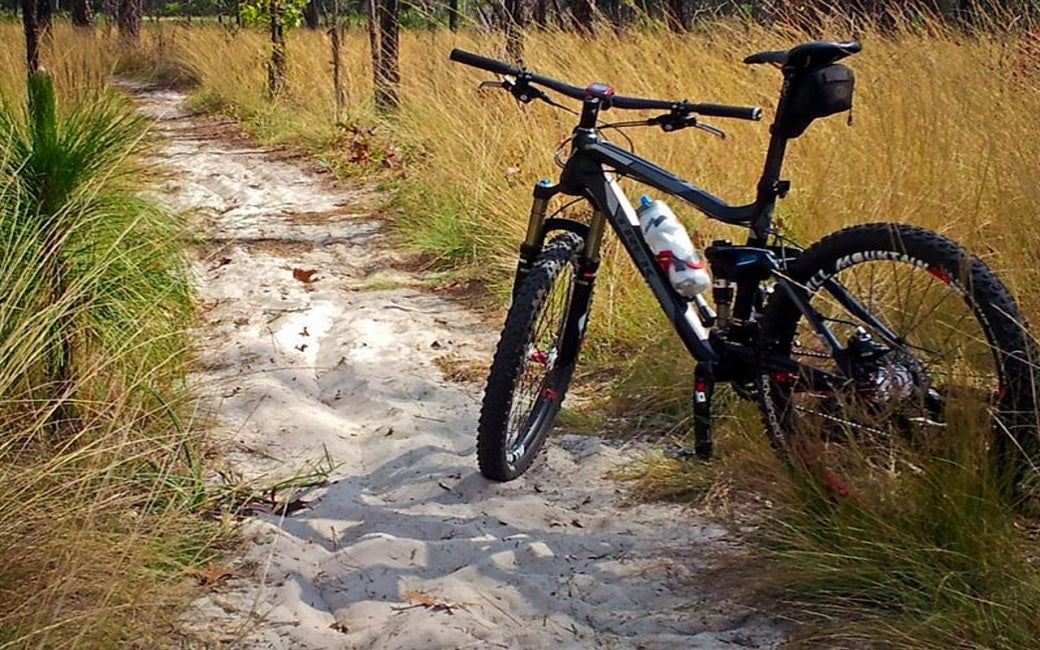What Are the E-bike Safety Standards in UK?

As roadways become more congested and parking spaces harder to find, commuters in major cities around the world are bicycling to work instead of driving their cars. Besides providing riders with physical exercise, bicycles require less road space and are more environmentally friendly than conventional modes of transportation. Bicycles with some form of power may provide a more practical alternative for commuters who have to travel long distances.
These include electric bicycles. Despite their growing popularity, e-bikes are subject to several regulatory requirements around the world. Regulatory requirements can vary based on an E-bike's configuration and power, and demonstrating compliance can include testing and certification by an independent testing laboratory.
In this article, we present a summary of the regulations applicable in Singapore, where e-bikes are tightly regulated and subject to stringent requirements.
Singapore's government has clearly stated that all E-bikes should be compliant with EN15194 in order to pass LTA approval and be used on roads.
Let's learn more about this certification process and basic requirements to get LTA approval and other standards of EN15194 certifications to make your purchase smarter.

The Land Transport Authority (LTA) announced last year that it was tightening the technical requirements for power-assisted bicycles (PABs) and imposing stricter penalties for those who sell and use non-compliant PABs. PAB users, as well as other road users, including pedestrians, are intended to benefit from these measures.
What are EN15194 standards mean?
The Machinery Directive (2006/42/EC) harmonises EN 15194.
The Directive lays down essential health and safety requirements for the design and construction of machinery. A vehicle may only be placed on the market and/or put into service if it meets these requirements.
Therefore, if an electric bike complies with EN 15194, it is presumed to comply with the Machinery Directive. E-bike producers should have an easier time with this.
The purpose of this European Standard is to cover all of the common significant hazards, hazardous situations and events of electrically powered assisted bicycles (PAB) when used as intended and under reasonably foreseeable conditions of misuse by the manufacturer.
What safety measures are includes in EN15194?
EPACs have a maximum continuous rated power of 0.25 kW, whose output slowly decreases and is finally cut off when the EPAC reaches a speed of 25 km/h, or when the cyclist stops pedaling.
Methods for testing engine power management systems, electrical circuits including the charging system for the design and assembly of electrically powered bicycles and subassemblies for systems having a rated voltage up to and including 48 volts d.c. or an integrated battery charger with 230V a.c. input.

EN 15194 standard specification mentions that the battery must comply with the test specifications of IEC 62133 or EN 50604-1.
Establishes performance requirements for the design, assembly, and testing of bicycles and subassemblies intended for use on public roads and provides instructions for their use and maintenance.
For EPAC bicycles with a maximum saddle height of 635 mm or more that are intended to be used on public roads, this European Standard applies.
Latest Standards of EN15194
A previous standard only covered the electrical part of electric bicycles with pedal assistance up to 25 km/h and a maximum continuous rated power of 250W. Manufacturers were referred to the ISO 4210 standard for conventional bicycles for the mechanical part.
Now, EN 15194:2017 covers the complete electric bicycle. The mechanical part of an electric bicycle requires more stringent requirements than a conventional bicycle.
Electric circuit, control & symbols, battery, battery charger, wiring, moisture resistance, mechanical strength, power management, emission, torque, braking system, levers, pedal performance, heat resistance test, handlebar strength, frame, tires, suspension and so many more......






Leave a comment